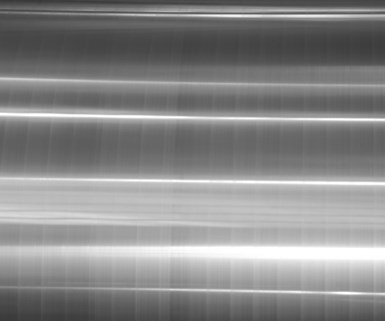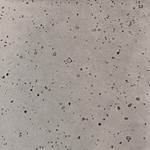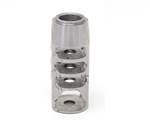The Difference Between Ra and Rz
While it is best to measure using the parameter specified in the print, there are rules of thumb available that can help clear up the confusion and convert Ra to Rz or Rz to Ra.

Ra measures the average length between the peaks and valleys and the deviation from the mean line on the entire surface within the sampling length. Rz measures the vertical distance from the highest peak to the lowest valley within five sampling lengths and averages the distances.
The methodology of measurement and what is measured when calculating Ra and Rz are quite different. This is critical to understand if you will not be paid for your parts because the Ra you measured is not in fact the Rz surface profile that customer specified.
What is Ra?
According to an article in Modern Machine Shop written by George Schuetz, director of precision gages at Mahr Federal, “Ra is calculated by an algorithm that measures the average length between the peaks and valleys and the deviation from the mean line on the entire surface within the sampling length. Ra averages all peaks and valleys of the roughness profile and then neutralizes the few outlying points so that the extreme points have no significant impact on the final results.
What is Rz?
“Rz is calculated by measuring the vertical distance from the highest peak to the lowest valley within five sampling lengths, then averaging these distances. Rz averages only the five highest peaks and the five deepest valleys — therefore, extremes have a much greater influence on the final value.”
According to doctor blades manufacturer Swedev’s website, “Ra is the arithmetical average value of all absolute distances of the roughness profile from the center line within the measuring length. Rz is the average maximum peak to valley of five consecutive sampling lengths within the measuring length. Ra averages all measurements and does not have any discriminating value in separating rejects from acceptable cylinders.”
And by the way, the definition of Rz has also changed over the years. Which definition of Rz exactly is your customer using? How do you know?
You will find “Conversion Ratios” on the internet provided by well-meaning people. But how useful can these be when the range said to be equivalent goes from 4:1 to 7:1 to 2-:1? 4:1 is equivalent to 20:1? Really? Not in my math class.
Smart shops will avoid using these “approximations in name only” and communicate with their customers to determine the customer’s true need. Gambling on conversion factors that you found on the internet is not professional. It is an example of poor engineering practice, and it fails to serve and protect your customer.
Read this well written, not terribly mathematical treatment of the subject, titled “Surface Texture from Ra to Rz.” It’s a classic.
Surface finish measurement procedures, general terminology, definitions of most parameters and filtering information can be found in American Standard ASME B46.1 – 2009, Surface Texture, and in International Standards, ISO 4287 and ISO 4288.
Originally posted on PMPA speaking of precision blog.
Related Content
-
Video Tech Brief: Quality Control is Using the Right Software
This machine shop’s mapping software program runs on its gaging system to increase the accuracy of the probe’s tolerance measurement on the thin-walled aluminum tube machined by the shop.
-
The Value of CMM Controller Retrofits
In this case, new controllers for two coordinate measuring machines — one 26 years old — with new programming software offers the possibility to enable multisensor inspection of critical, turned aerospace components.
-
Addressing Machining’s Necessary Evil
Many view quality control as such, but integrating new measurement technologies and approaches can ultimately minimize QC’s impact on throughput and a company’s bottom line.










.jpg;maxWidth=300;quality=90)




